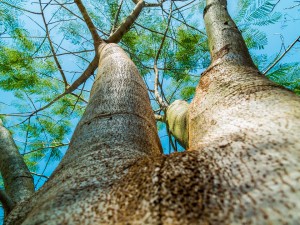 Why select a native tree?
Why select a native tree?
Native trees (not clones) help by providing birds, animals and insects habitat for their livelihood.
What species are considered native?
There are several that are listed on the Government of Ontario Website:
https://www.ontario.ca/environment-and-energy/tree-atlas/ontario-southcentral/
What research to do before buying native or any other trees?
When selecting native trees or other trees find out the ultimate height and width of the tree.
Other considerations are the Hardiness zone the plant can tolerate in terms of low or high temperatures for the area. Hardiness Zone Website:
http://sis.agr.gc.ca/cansis/nsdb/climate/hardiness/plant_poster.pdf
Research if there are any known pests that could affect the health of the tree that requires more maintenance.
Determine what soils the tree prefers to see if it can tolerate your local conditions. Clay soils are tough for most trees.
How much space do you have?
Look up to see if there are any potential obstructions, i.e. communications/hydro wire.
How close do you intend to plant from structures?
Keeping in mind the ultimate size of the tree will help you determine how far to plant from houses, garages, patios, houses and driveways.
Generally for a larger tree, such as Sugar Maple, as an example a minimum of 10m will ensure minimal maintenance for a large part of the trees life. For a smaller canopied tree such as Serviceberry, 4m is a good starting point.
For conifers or needled trees, generally having 6m from structures is suggested to minimize maintenance of interference.
If you are unsure of what to plant please call P & A Urban Forestry Consulting Ltd. to help you determine what is appropriate for the area you have for planting native trees!